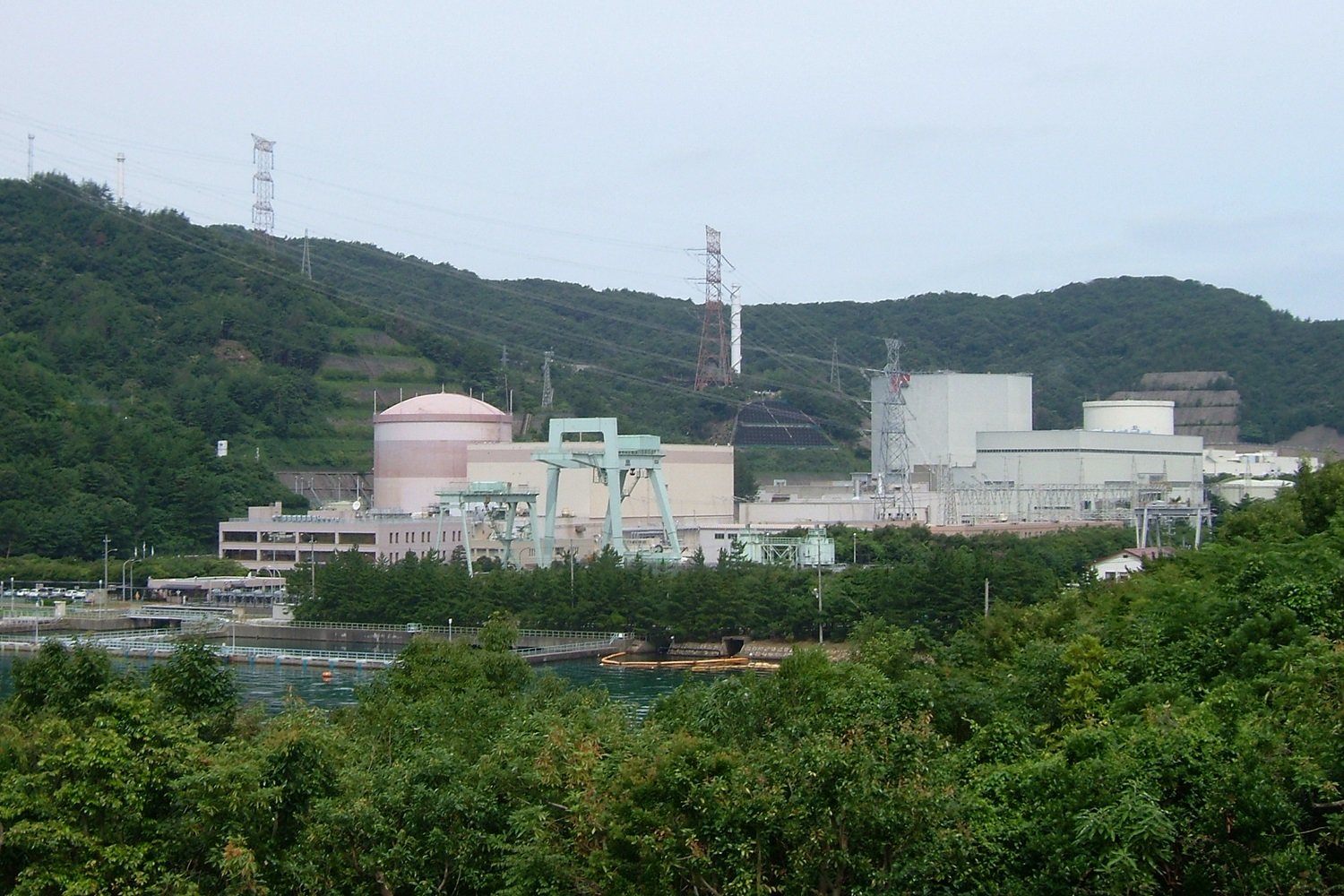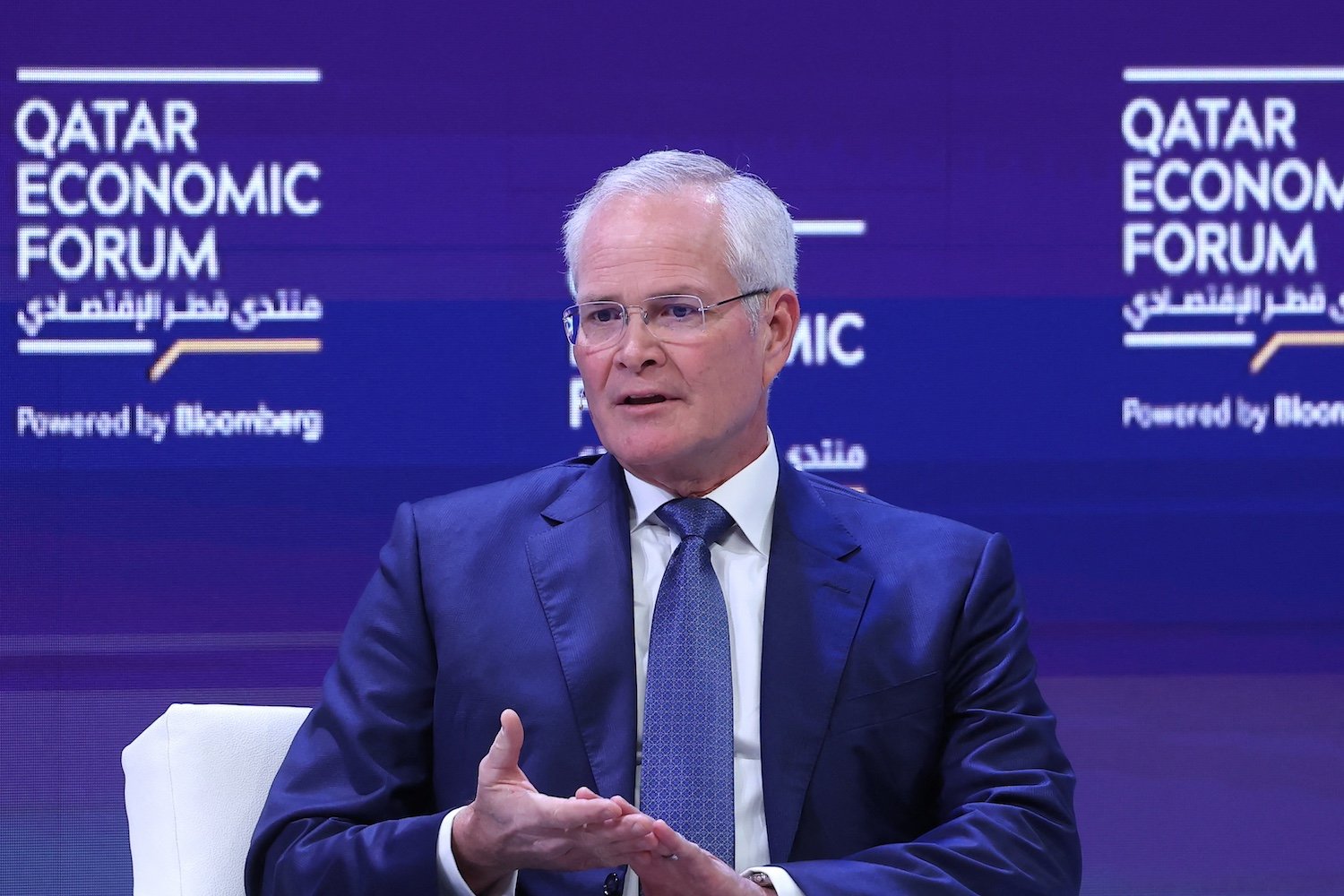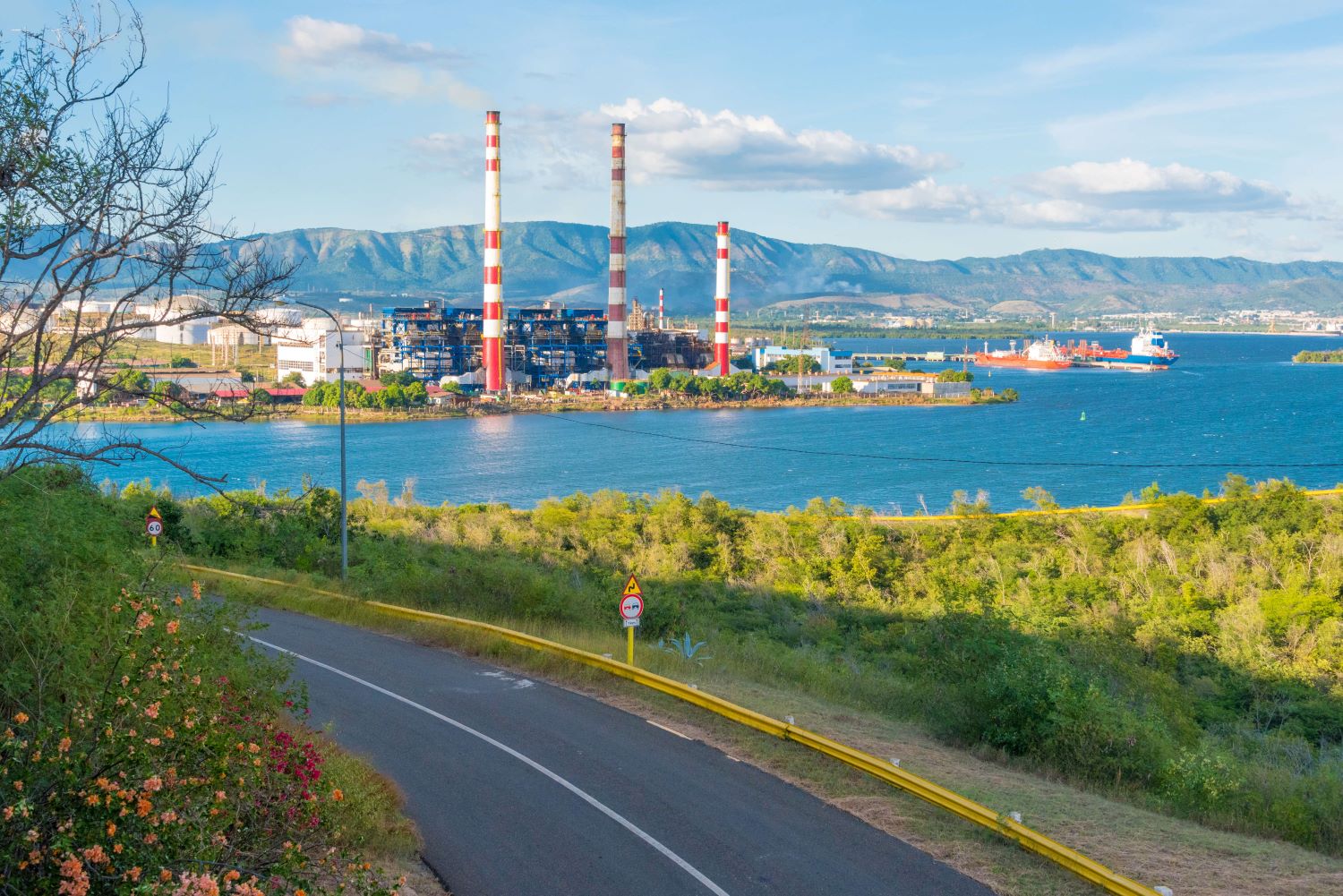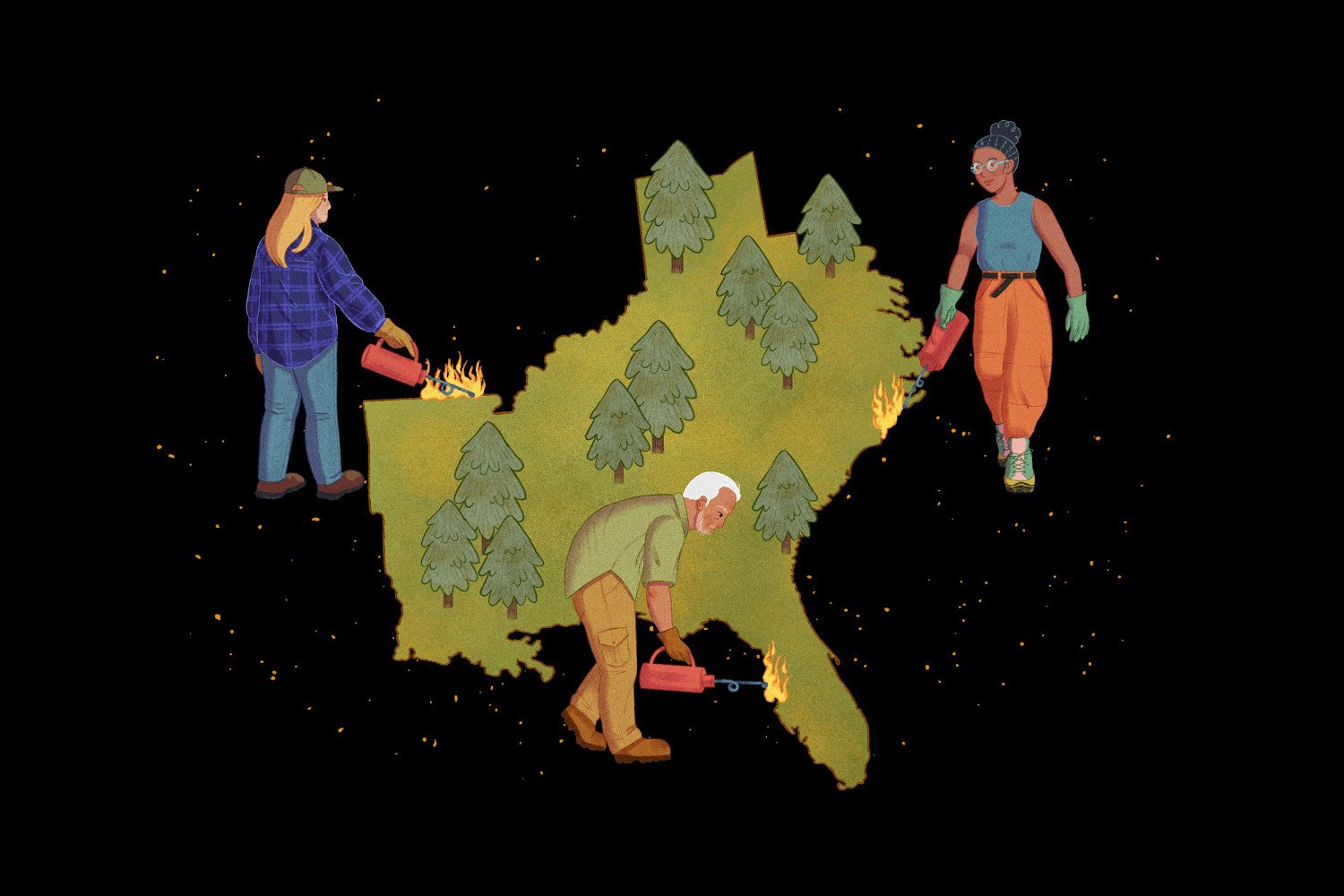America is bullish on the future of nuclear power while Japan is turning its generators back on with extra caution. In Japan, a nuclear watchdog halted a reactor from spinning up after deciding it was unsafe. In the U.S., the Department of Energy has set a goal of tripling its nuclear capacity by the year 2050.
As climate change ramps up, the planet gets hotter, and the material cost of burning fossil fuels to keep the lights on explodes, the world is turning its eyes to nuclear energy. Solar, wind, and other sustainable forms of generating energy are great but they don’t create the returns that nuclear energy does.
Nuclear solutions can provide a lot of clean energy, but it’s also dangerous. Japan has a lot of experience with the particular dangers of nuclear power plants. In 2011 a power plant in Fukushima melted down following an earthquake. During the recovery process, Japan passed sweeping regulatory changes to the industry.
On Wednesday, the government watchdogs in charge of nuclear safety used their power for the first time to prevent a reactor from going into service. Japan’s Nuclear Regulation Authority officially declared Tsuruga Reactor No. 2 unsafe. It said that the reactor sits on too many fault lines and that the company in charge of it hasn’t done enough to address the Authority’s safety concerns. The verdict came down after the Authority spent eight years investigating the site.
Japan has been cautious about nuclear energy but announced a plan in 2022 to accelerate its use. It plans to use nuclear power plants, in part, to help it reach a goal of net zero carbon emissions by 2050. There are more than 50 commercial reactors in the country. Of that, 27 have applied to restart. The Authority has only approved 17 of them.
The U.S. is also planning to use nuclear energy to reach net zero carbon emissions by 2050. A press release from the Department of Energy (DoE) this week outlined a rough plan to that end.
According to the DoE’s estimates, nuclear energy is the largest source of clean power in the United States. It “avoids more than 470 million metric tons of carbon dioxide emissions each year, which is the equivalent of removing 100 million cars from the road.” If it wants to reach net zero emissions by 2050, America will need to add an additional 200 gigawatts (GW) of nuclear power to the grid.
The number is variable depending on the design involved, but a typical nuclear reactor produces around 1 gigawatt of electricity. Reaching 200 would mean a whole lot of new nuclear reactors. “The plan is to add 35 GW of new capacity by 2035 and achieve a sustained pace of 15 GW per year by 2040 to help keep us on track toward our ultimate goal,” the DoE said.
Big tech is all in to help. Driven by the energy demands of data centers and AI, companies like Microsoft, Google, and Amazon are all investing in nuclear energy. Microsoft is paying millions to spin up Three Mile Island. All three companies are investing in different kinds of new reactors, such as small modular ones.
The DoE said a mix of new technology and increasing capacity at old plants will help America reach its net zero goal. “Preliminary research from our office shows that a majority of our nuclear power plants could host up to 60 GW of new capacity by building large-scale light water reactors like the AP1000s,” it said. “That number could grow to 95 GW if you look at sites that can potentially host small modular reactors.”
The DoE has also floated the idea of converting fossil fuel-burning coal plants into nuclear energy sites. It would generate a lot of energy and create jobs in communities hit hard by the transition to more sustainable forms of energy. “The study also found an additional 128 to 174 GW of new capacity could also be built near U.S. coal plants depending on the reactor type, which includes small modular reactors,” the DoE said.














